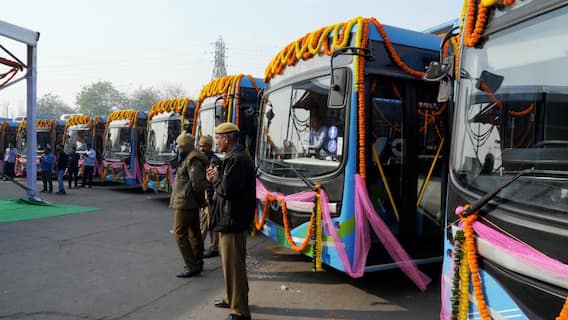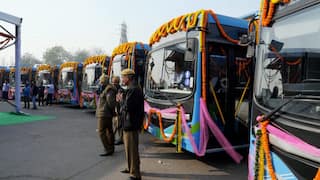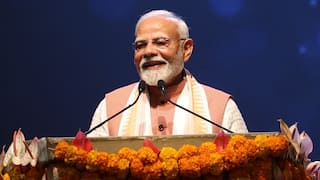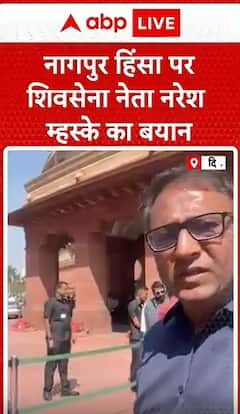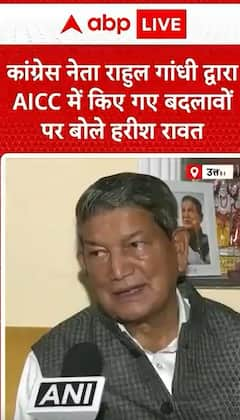Peacock-Themed Lok Sabha, National Flower Lotus In Rajya Sabha, Here's How New Parliament Will Look Like
New Parliament Building Complex: Prime Minister Narendra Modi will on Sunday inaugurate the new Parliament complex on May 28. Here are the details about how the new building will look like.

New Parliament Building: The suspense over the new Parliament building complex continues to rise as the day of inauguration nears. The newly-built complex will be inaugurated on May 28 by Prime Minister Narendra Modi. Nineteen opposition parties including Congress, AAP, TMC, DMK and SP among others have announced to boycott the event. They are against PM Modi inaugurating the parliament premises and demanded it should be done by President Droupadi Murmu instead.
Invitation letters have been sent to the MPs of both Houses. According to sources, apart from the MPs, invitations are being sent to all former Speakers of Lok Sabha and all the former Chairmen of Rajya Sabha as well as the Chief Ministers of all the states. A day before the inauguration of the Parliament House, i.e. on May 27, a meeting of the Governing Council of NITI Aayog has been called in Delhi in which all the Chief Ministers are ex-officio members. According to sources, apart from this, invitation letters are also being sent to some artists and special guests.
As preparations are underway for the grand ceremony and the battle between the ruling dispensation and opposition does not seem to be ending anytime soon, we tell you in detail about the structure and grandness of the country’s new temple of democracy.
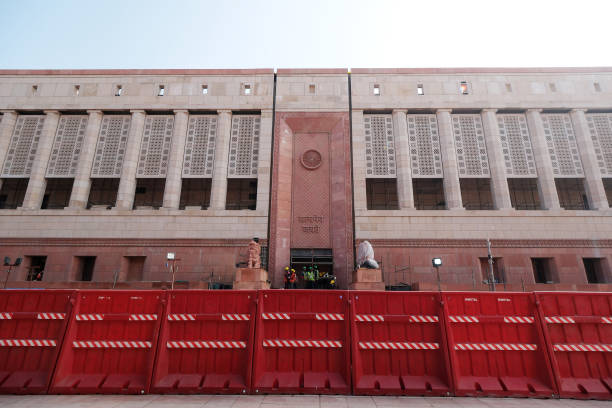
Houses On Theme Of National Bird Peacock, National Flower Lotus
The new parliament building is being designed with modern technology, infrastructure and values of India’s symbols. While Lok Sabha has been designed on the theme of the national bird Peacock, the chamber of the Rajya Sabha has been built on the theme of the national flower, Lotus.
The design of the old building was circular, but the new building has been made triangular in order to make maximum use of the space.
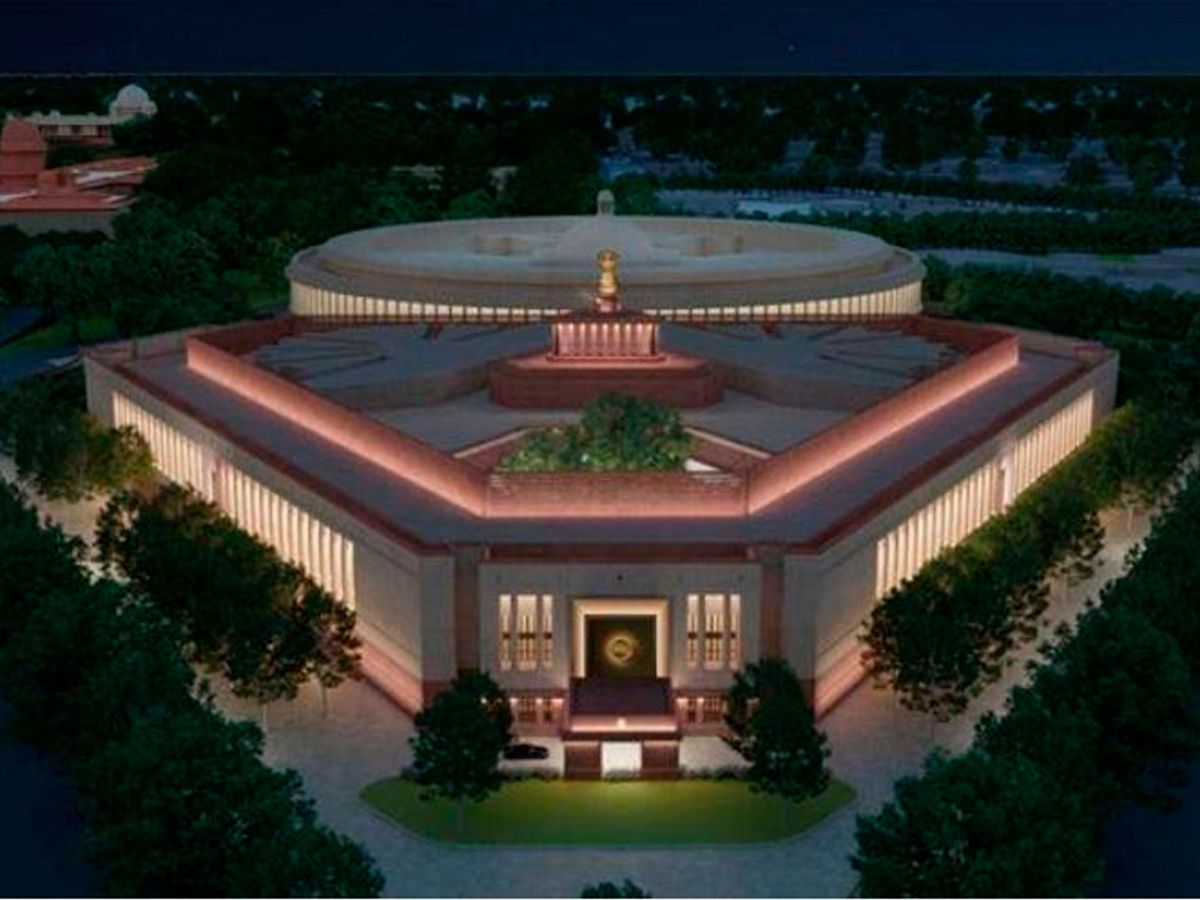
Larger Than Old Building, Can Accommodate Over 1,000 Members
The new complex has been built in a sprawling area of 65000 square meters. Like the old building, separate chambers have been made for Lok Sabha and Rajya Sabha. A total of 888 members can sit together in the Lower House while 382 members can be accommodated in the Upper House.
Unlike the old Parliament House where the joint sitting used to take place in the Central Hall, here it will be held in Lok Sabha where a maximum of 1282 members can sit together.
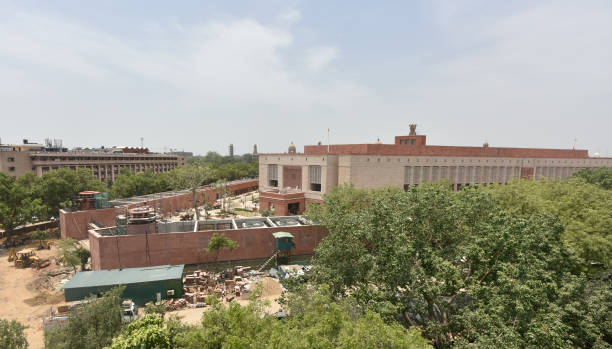
Central Lounge On The Lines Of Central Hall
As per the information, a central lounge has been made in the new building which has been constructed on the lines of the central hall located in the old building. MPs will be able to come to this lounge through a courtyard as they come out of Lok Sabha and Rajya Sabha. A Peepal tree has also been planted in the courtyard.
Old Parliament Building: Brief History Of Construction
The construction of the present Parliament building was completed in 1927. The construction work of the present building of Parliament was started in 1921, and was completed in 1927. Sir Edwin Lutyens and Herbert Baker were its chief architects. During the British period it was called the Council House and it used to hold meetings of the Imperial Legislative Council.
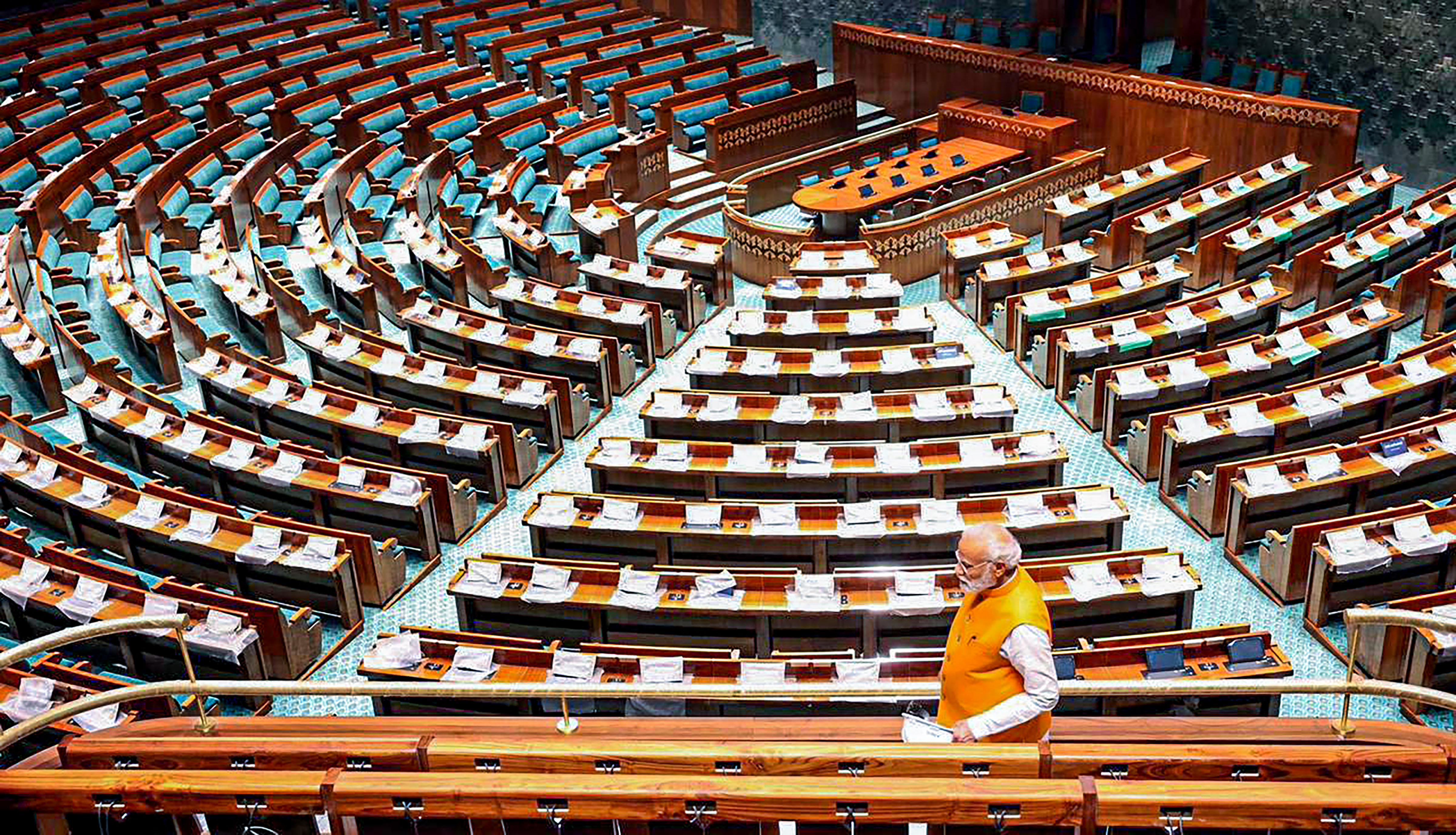
Why Was New Building Needed?
The nearly 100-year-old building lacks modern facilities and has become extremely short of space. Even the MPs face a lot of difficulty in sitting in both chambers. There are also concerns about safety as electrical wiring was installed a long time ago which can be a fire hazard.
At the time when the building was constructed, Delhi was in Zone 2 of the earthquake zone, whereas today Delhi is in Zone 4. There is also a lack of modern system of communication in the building. A major reason for the new complex is that after 2026, there is a possibility of increasing the number of Lok Sabha seats in the country in case of delimitation because the restriction on increasing the number of seats will be removed in 2026.
Trending News
Top Headlines








